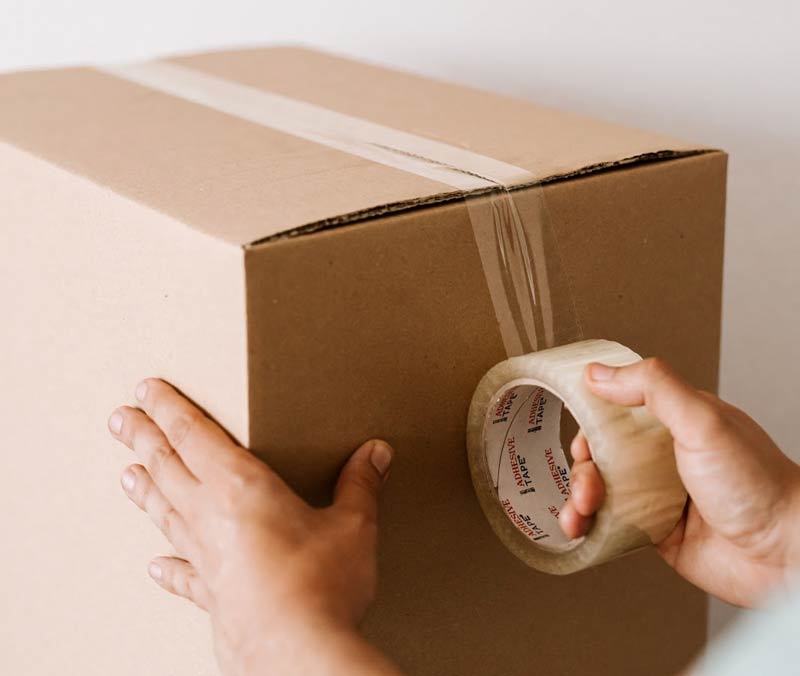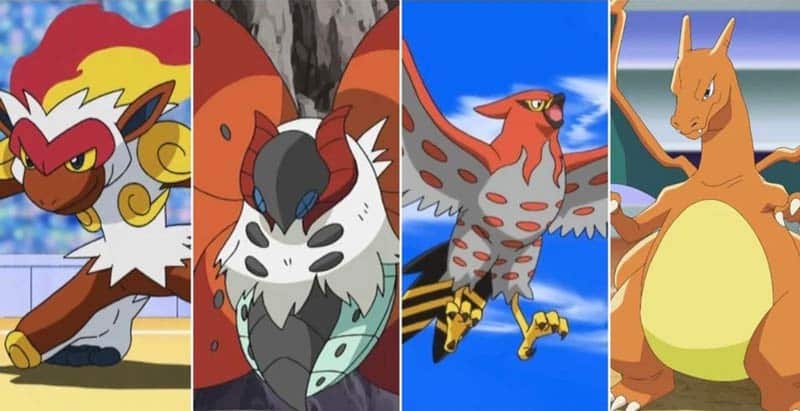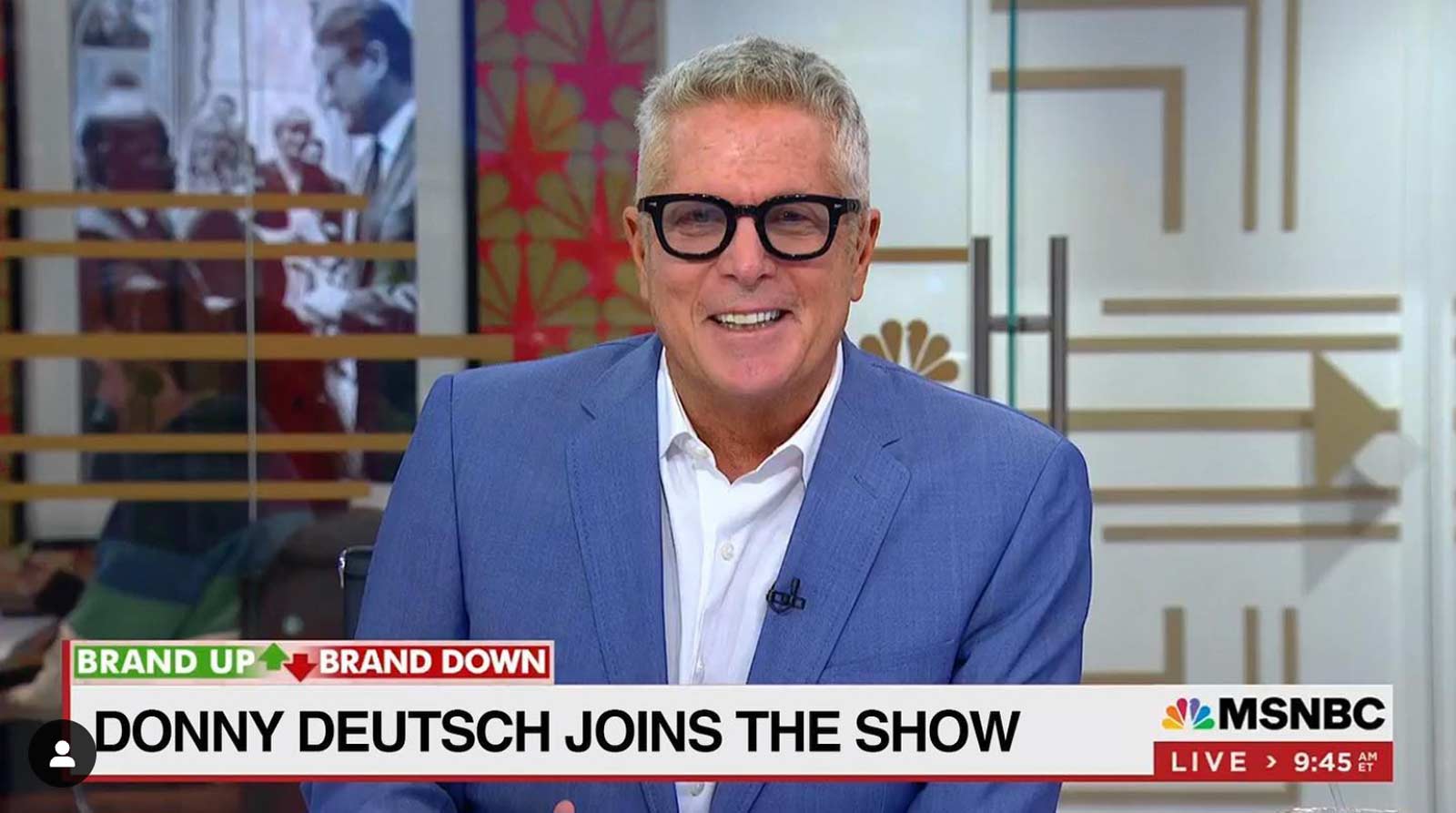
When NFTs grow beyond static files, we’ll truly be at a tipping point
As 2021 rolls on, NFTs continue to take the world by storm. In a recent post on Medium, I focused mainly on where nonfungible tokens are now, ending with a few possibilities of where I think they can and likely will go. In this post, I’ll dig further into those possibilities with a look at what smart contracts may hold in store for us.
Today: Static NFTs rule
Let’s look through the lens of NFT art.
The majority of NFT art today is static. You simply purchase a digital painting or rendering of something and receive it in the same fashion you would receive a Bitcoin, with the added benefit of being able to display your new digital art both online and even offline in digital frames.
This type of NFT, however, only scratches the service of what the underlying technologies that power NFTs can bring about.
Ahead: Dynamic NFTs
Smart Contracts + NFTs + Redemption for physical items and experiences
Right now, that’s the magic equation for further innovation in the NFT space.
Consider, for example, what I mentioned in my last post, the fact that smart contracts have proven their ability to offer perpetual royalties in practice. Every time a piece of NFT art changes hands, the creator receives a percentage of the sale, which has been guaranteed from the time that the NFT was launched, in code that no one can really change.
What if, however, this was taken a step further?
What if an NFT could literally change after it changed hands?

Think about Pokémon.
In the classic game, you collect different creatures and use them in battle with other Pokémon trainers and with other wild creatures. The more you do so, the more they’re able to evolve, typically in two to three stages. So, as they get stronger, one Pokémon becomes another.
That same idea could be applied to NFTs from the outset when they’re being coded.
In fact, it was already debuted with projects like CryptoKitties, which launched in 2017. Using either digital cats you already own, or “public sires,” you can breed a new cat. What this basically equates to is combining one piece of digital art with another to create something new. The code behind all of the cats involved allows such an event to happen through attaching certain possible future variations to each cat that’s purchased.
This bring us back to the basic idea that smart contracts function on “if, then” statements. So it could be coded-in from the outset that when a red cat is bred with a blue cat, then a green cat emerges. This “breeding” is really just a transaction, so on a foundational level, all of the cats involved are really just something like cryptocurrencies that interact with each other to produce a new cryptocurrency.
Even so, you might find picturing something like that in practice to be extremely complicated. Since none of the cats involved are destroyed or “die out” during the process, the answer isn’t that two tokens are being exchanged for one new token. In reality, CryptoKitties is just a game, where you pay in Ethereum’s native cryptocurrency, Ether, to be able to breed, buy, and sell unique digital cats.
This simple game can be used, however, as a benchmark for the road ahead for NFTs.
How CryptoKitties points the way forward
Consider, for example, if a book were made into an NFT.
You’d buy a piece of art from its world and in return, you’d receive the book immediately. What if, however, that NFT were attached to a smart contract that distributed the ebook involved on demand, but only once for each buyer? What if, after a certain number of re-sales, the author involved received a bonus from the smart contract, akin to the bonus received for meeting a certain number of books sold with a traditional publisher?
Imagine that after a certain point, one lucky buyer, chosen at random by the smart contract’s code, would receive a unique alternate ending to the book involved or a previously unreleased prequel if that book were a part of a series.
Imagine the sheer, unforeseen level of value that could be created.
Where does all of this leave us?
I mentioned books because they’re one of the only creative verticals that hasn’t really been touched by NFTs yet, and I believe they’ll eventually be brought into this world. In any case, across all industries, dynamic or “evolving” NFTs are the next step for the space.
Think music.
Extend the same line of thought to a more general, all-encompassing level and think, as Mark Cuban mentioned, “all documentation-driven industries.”
The sky is truly the limit but remember, some NFT projects will succeed. Some will fail and when they do, others take their place. That’s how it goes with any innovative space and that’s how all markets work with regard to all business ventures. Just because NFTs look a lot like ICOs in 2017 doesn’t mean the technologies that underlie them have no further potential.
Depending on your experience with the cryptocurrency industry overall, you might think that doesn’t need to be said. In my experience, however, just as with the dot-com boom, critics continue to pop out of the woodwork to expound upon various versions of the same idea. Since the NFT space is highly speculative now, it must be simply a “bubble.” Truthfully, a bubble is likely occurring.
Bubbles burst, and then we move on

Where these critics are wrong, however, is that bubbles result in an end to the industry involved.
Did Internet companies simply die out when the dot-com bubble burst?
Did crypto die out when Bitcoin and some cryptocurrencies crashed in 2018?
Using the rationale that a bubble’s occurrence means an innovative space has no promise relies on faulty logic. Bubbles occur everywhere. The global financial markets even experience bubbles across all relevant contexts and still persist. Given all of the examples of past bubbles in all markets, to me, it seems that they’re needed to separate the wheat from the chaff, so to speak.
Over time, we’ll see which NFT projects rise to the top.
My current thesis is that those which shift from a static-focus to more of a dynamic, flexible focus, as discussed above, will be the ones to win out. Some entrepreneurs are already experimenting with such efforts, but all in all, it’s early yet. As time goes on, I do look forward to seeing whether this idea holds out over time and continuing to share my journey with all of you as the crypto and NFT spaces evolve.
What are your thoughts about where the NFT space is heading? Hit me up anytime on Twitter or leave a comment below. Just keep in mind that the crypto revolution goes beyond just money and you should always do your own research before jumping into any opportunity in this space and in general. Even so, we at Digital Culture Works are always here to help you in any way that we can.
Disclaimer: Nothing here is meant to be financial advice. This content is only for educational purposes.
Image at top by Christine Hayek on Unsplash






